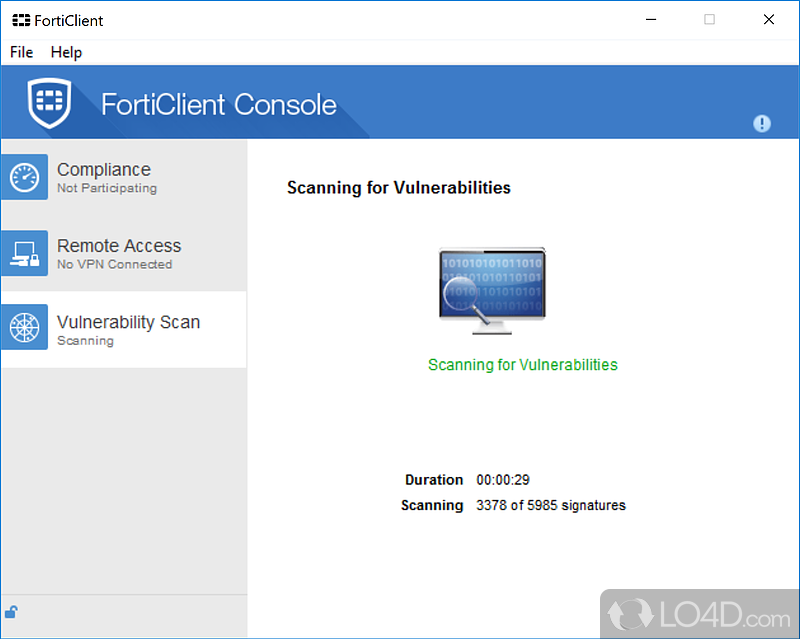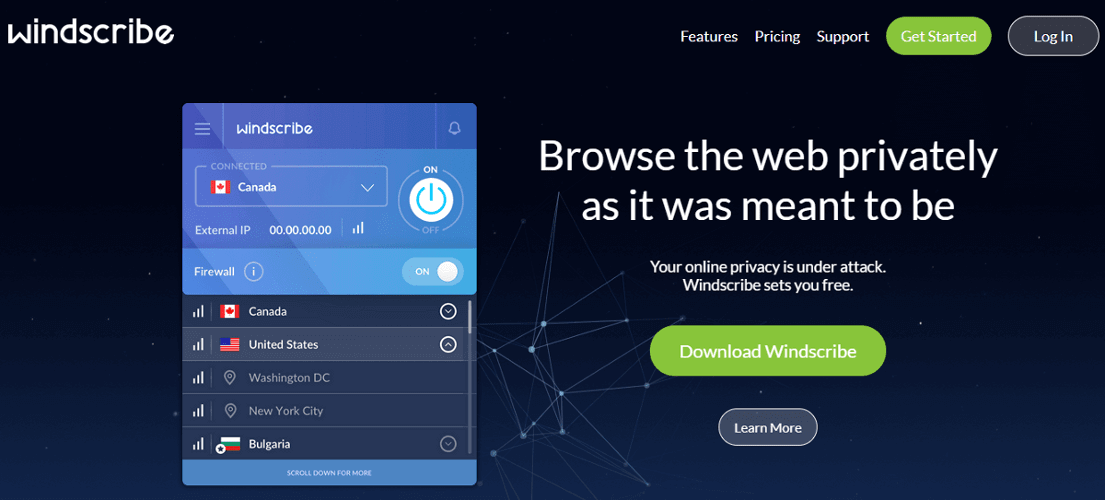
Visual Studio Code Silent Install (How-To Guide)Īfter a few moments you should see the FortiClient VPN Desktop Shortcut appear. Enter the following command: FortiClientVPN.exe /quiet /norestart.Open an Elevated Command Prompt by Right-Clicking on Command Prompt and select Run as Administrator.Exit & Close the FortiClient VPN Setup Wizard.
 Copy the FortiClientVPN.exe to the C:\Downloads folder.
Copy the FortiClientVPN.exe to the C:\Downloads folder.  Wait for the FortiClient VPN Setup Wizard to appear and then navigate to the %LocalAppData%\Temp directory. Manually launch the FortiClientVPNOnlineInstaller_x.x.exe installer. Download the FortiClientVPNOnlineInstaller_x.x.exe file to a folder created at (C:\Downloads). This article will serve as an informative guide and give you a clear understanding of how to perform a silent installation of FortiClient VPN from the command line using both the EXE & MSI installers. FortiClient can be installed silently and then I can run another script in the background to import the registry key for the tunnel connection, but then that just means more steps to take for my colleagues, and I just want it to be as automated as possible.FortiClient uses SSL and IPSec VPN to provide secure, reliable access to corporate networks and applications from virtually any internet-connected remote location. Tunnel connections are stored within the registry ( Computer\HKEY_LOCAL_MACHINE\SOFTWARE\Fortinet\FortiClient\Sslvpn\Tunnels ) and you can export the key.
Wait for the FortiClient VPN Setup Wizard to appear and then navigate to the %LocalAppData%\Temp directory. Manually launch the FortiClientVPNOnlineInstaller_x.x.exe installer. Download the FortiClientVPNOnlineInstaller_x.x.exe file to a folder created at (C:\Downloads). This article will serve as an informative guide and give you a clear understanding of how to perform a silent installation of FortiClient VPN from the command line using both the EXE & MSI installers. FortiClient can be installed silently and then I can run another script in the background to import the registry key for the tunnel connection, but then that just means more steps to take for my colleagues, and I just want it to be as automated as possible.FortiClient uses SSL and IPSec VPN to provide secure, reliable access to corporate networks and applications from virtually any internet-connected remote location. Tunnel connections are stored within the registry ( Computer\HKEY_LOCAL_MACHINE\SOFTWARE\Fortinet\FortiClient\Sslvpn\Tunnels ) and you can export the key. 
There is a Configuration Tool, but you a license and a developer account, which can only happen if you get two FortiNet Sponsors to approve you. I have checked FortiNet documentation library, but I am just getting information overload with it all. Install FortiClient VPN with the default settings.Ĭreate a VPN Connection with Connection Name, Description, and Remote Gateway populated with my default settings.

We use FortiClient VPN (Not the full client). I need to roll out 60+ new laptops and I am trying to automate the deployment as much as possible.








 0 kommentar(er)
0 kommentar(er)
